Capsule Review: Fiat Panda 1.2

For the past 60 years or so, Fiat has had what amounted to a compulsive gambler’s business model: invest tons in one single car, cross fingers that it sells like hotcakes, and run the rest of the company with disinterest. This one-pony strategy has often delivered what, in the end, were the most desirable small cars of each decade. How else to describe the 1950’s 1100, the 1960’s 124, the 128 from the 70s or the Uno from the 80s? All, as well as the Punto from the 1990s and the Panda from the present decade, adhered to a simple but elusive formula: cheap to buy, brilliantly packaged, surprisingly robust, and a hoot to drive. (Most other Fiats, let’s not fail to mention, have been crap).
Around two million Pandas have been built since 2003. But it is still the minicar I most like to drive. You can get one for eight thousand Euros, which is around one third of the average price of a new car, yet it will seat four in acceptable comfort. The other day I spent a few hours driving a 1.2L model with just 60 horses. The engine is a gem: quiet at any speed, gutsy from 1200 RPM onwards, free-spinning to 6,000 RPM. The way it responds to gas-pedal pokes is faintly reminiscent of a carbureted engine.
Sure, it’s no sports car, but it felt lively and capable in any situation, and anybody who would claim it’s too slow for safety just doesn’t know how to drive a stick shift properly.
The standard, fun on-board computer seldom registered less than 39 MPG. The dashboard, as I observed in my 4X4 review, is an exemplary contemporary industrial design, meaning it does what it should do better than most, and still looks pretty. Also standard: a superassist button to make urban steering extra light. It may sound like a silly thing to have, but let me ask you this: with what other car, except for a Lancer Evo, can you induce and hold a four-wheel drift with your index finger?
From the Panda came two cubs: the Fiat 500 and the Ford Ka. Both are cuter, both are pricier, and neither are better. Due to nonsensical safety standards, I fear that America will never get the Panda, Chrysler hookup notwithstanding. That’s a pity.

More by Martin Schwoerer
Latest Car Reviews
Read moreLatest Product Reviews
Read moreRecent Comments
- Haran Spot-on review of the Mercedes-AMG GT’s price adjustments and new features! For those intrigued by the all-wheel drive and enhanced features of the latest model, you can delve deeper with the complete operator's manual available here: https://chatwithmanuals.com/automobiles/mercedes-amg-gt-operators-manual-edition-c2020/. It’s a fantastic resource for understanding all the specs and new additions without getting bogged down by the complexity typically associated with car manuals. Chat with the manual using AI to quickly find exactly what you need to know about this sporty beast. Perfect for those who appreciate detailed insights on their luxury investments!
- Flashindapan Beautiful color combinations. I assumed they stop selling the TT here at least five or six years ago.
- Carson D Just don't be the whistleblower who reports on the falsification of safety data. That's a deadly profession.
- Carson D I'd have responded sooner, but my computer locked up and I had to reboot it.
- Todd In Canada Mazda has a 3 year bumper to bumper & 5 year unlimited mileage drivetrain warranty. Mazdas are a DIY dream of high school auto mechanics 101 easy to work on reliable simplicity. IMO the Mazda is way better looking.




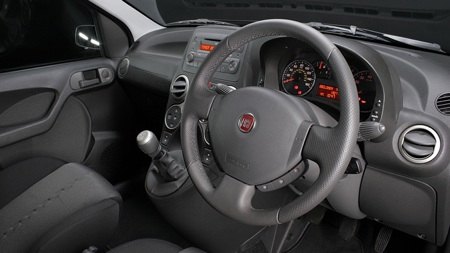













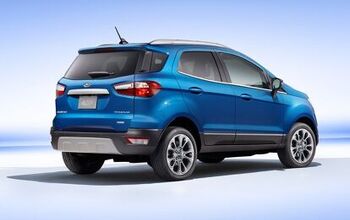
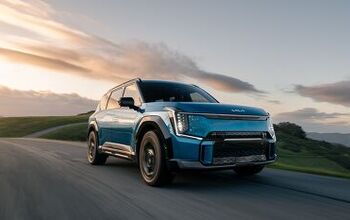
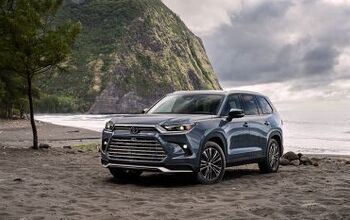
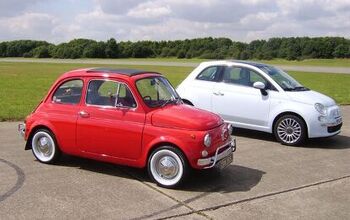
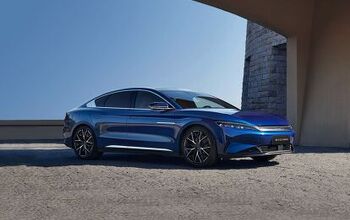




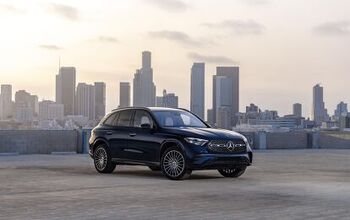
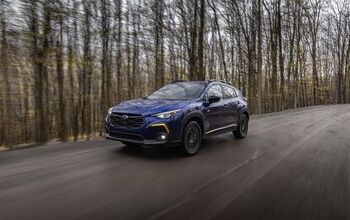
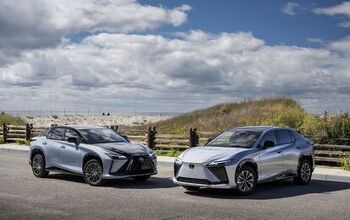

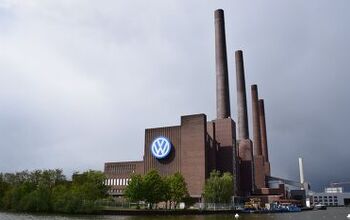
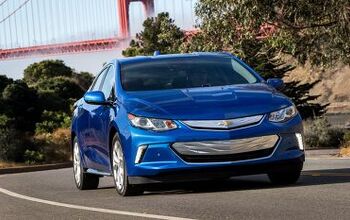
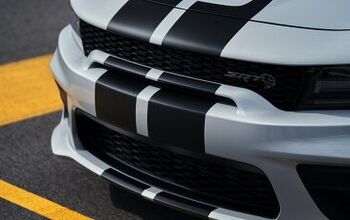


Comments
Join the conversation
The Bravo is the Fiat I would be interested in, the Linea as well. The 500 and Panda are gimmick cars that people on blog sites like talking about but will never sell to Americans. Alfa 159 would be my ideal Fiat Group car sold in the US
@shaker: You misunderstand. It's not that the Panda don't conform to any safety standards or are unsafe 3rd-world crackerbox deathmobiles. It's that they conform to the international ECE standards (used throughout the industrialized world) rather than the U.S. standards. The U.S. standards are not better, they're just different. See this editorial. Motorways in continental Europe, Australia, the U.K. and many other places carry a vehicle mix including big trucks — some bigger than those you find on U.S. interstates — and cars like the Panda, often at higher speeds and with better safety than we have in the U.S.